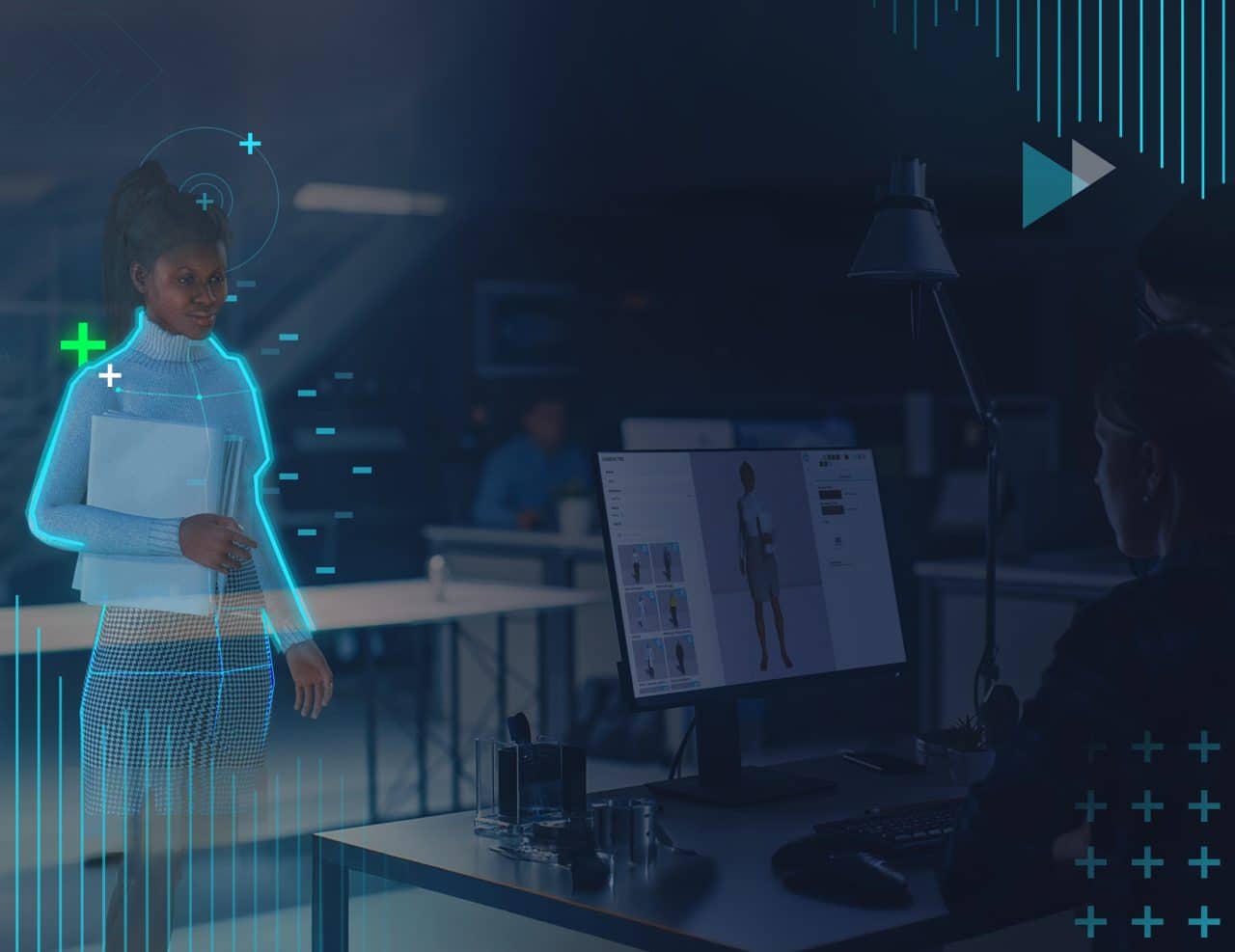Grit. Determination. Raw talent. They all play a role. But not everything has to be a part of your DNA. The ability to apply an elite winning mentality is something that can be learned and taught.
Psychologists are now a common part of many elite sports organisations. National football teams, Tour De France winning cyclists, heavyweight boxing champions – they’ve all turned to professional mind coaches to help instil a winning mentality.
In this regard, senior executives can learn a thing or two from high performance athletes. Specifically, how their methods can be used to turn training from a mere obligation into something that makes a real impact on team performance.
Here are 3 key insights from the world of elite sports that can be used to power your training and earn consistent top performance across your teams.
Practice (and repetition) makes perfect
“The harder I practice, the luckier I seem to get.”
Jerry Barber
PGA Championship Winner
This famous quote is often wrongly attributed to fellow golf legend, Gary Player. But do a little digging, and you’ll find Player in fact quoted Jerry Barber in his 1962 book, ‘Gary Player’s Golf Secrets’.
Perhaps this explains the common mix up.
In truth, the origin of this aphorism may go back much further than that. But whoever first coined it had a keen understanding of the value of practice and repetition.
Today, we know a lot about the impact of repetition and its effect on training, both physically and mentally. If we train at something just once, after only a month we’re likely to have forgotten as much as 80% of what we’ve learned.*
By repeating the material many times, we strengthen the learning effect and solidify our new knowledge. But for workplace training, sometimes getting your people to complete it once is enough of a challenge. How then can you encourage this vital repetition?
Game mechanics are built with repetition in mind. Through engaging dialogues and storytelling, captivating presentation, and from chasing scores and climbing leaderboards. Combine these with the confidence that comes with succeeding, even virtually, and you can equip your people to perform at their peak.
Creating an accessible, virtual space allows for a practice-makes-perfect mindset. And because your people enjoy it, they keep practicing – and they keep perfecting.
The same principles apply to elite athletes when they’re training. Repetition plus the right mindset is (quite literally) a winning combination.
Learning through failure – the greatest teacher
“I’ve missed more than 9,000 shots in my career. I’ve lost almost 300 games. 26 times, I’ve been trusted to take the game-winning shot and missed. I’ve failed over, and over, and over again in my life. And that is why I succeed.”
Michael Jordan
He has 6 NBA Championship titles, a Presidential Medal of Freedom, and a list of other accolades to his name far too long to list here. To many, Michael Jordan is the embodiment of sporting and personal success.
Less spoken about are his occasional failures. His less glorious stint in baseball is perhaps the most notable. But as the above quote reveals, failure and the lessons from it are hallmarks of Jordan’s famously bullish, winning mentality.
While the sting of making mistakes is uncomfortable in the moment, it is vital to shaping our progression.
But in a working environment, failures committed while on the job can be damaging to both your business and the confidence of your people. Not to mention your reputation with customers.
Here’s where the more advanced training solutions available today can help. Immersive simulation training requires decision making from your users but offers real time feedback when they make missteps. And advice on how they might improve next time.
By creating a safe, virtual environment where your people can make mistakes without real world consequences, failure becomes a formative experience, minus the punishment. Much in the same way as Jordan, who was noted to be ‘first on and last off’ the court to practice in his own safe space outside of game time.
As another, somewhat more diminutive advocate of this approach once said, “The greatest teacher, failure is.”*
The power of visualization and learning-by-doing
“It keeps me sharp, and it’s fun. I really enjoy sim racing. I get to practice my skills and it makes me even better. That’s why I love doing it.”
Max Verstappen
Redbull Racing
Our Attensi Unity CSIM Team Lead, Andreas Rimala, champions the benefits of engaging the ‘procedural memory’. In short, procedural memory is the motor skills part of the brain – learning-by-doing.
It governs how we learn and remember how to tie our shoes, play the piano, and drive a car. Once something is locked into our procedural memory it has a much higher chance of staying with us for the long term.
Training through a simulation is an ideal method for recreating this procedural memory effect through visualization. It’s the approach Formula 1 drivers take, dedicating two full days of simulator driving training in the build-up to a race.
Repetition again plays a role here – with some taking up to 450 virtual laps before doing the real thing – along with visualizing the track and learning from trial and error.
This is a perfect example of how athletes spend most of their time practicing vs performing. The ratio of training to competition is heavily weighted towards the former. However, in the business world, the inverse is true.
Employees spend far more time on the job than they do training, learning, and preparing. And here’s where simulation training can help redress that imbalance.
Simulators have been used in a career setting by airline pilots and surgeons for decades. They create an immersive, learning-by-doing environment that replicates real life challenges. But crucially, one where mistakes will not have a negative real-world impact.
Gamified simulation training brings these benefits of simulators to a far wider range of professions and skillsets. The team at global insurance provider Hiscox took exactly this approach when they created the world’s first ‘3D Underwriter Simulator’.
The simulation tests users with a range of activities that they should expect to encounter in their new roles. These include interactions with 3D avatars of brokers and colleagues, simulated market research, email requests, and phone calls with experts.
In post-play survey results, 85% of users said the training had helped them understand how to apply technical concepts to their work. The same number stated that the simulation had helped them undertake reviews and analysis to identify areas of improvement for account and portfolio analysis.
From the boot room to the boardroom – winner takes it all
While the world of elite sports and workplace training may not often overlap in a literal sense, the above principles are certainly applicable to both.
The value of repetition, harnessing the learnings from failure, and using visualization to bring your goals to life. Each of these are fundamental to the gamified simulation training approach.
Gamified simulation training allows your teams to engage with challenges, learn new skills, and reinforce new behaviors along the way. And this behavior change is supported through the positive reinforcement that comes with improving their scores every time they revisit the training.
The next time you’re watching your favorite sport, consider the visualization and simulation techniques used by professional athletes. Your employees could unleash their full potential in much the same way, through gamified simulation training.




